Featured Content
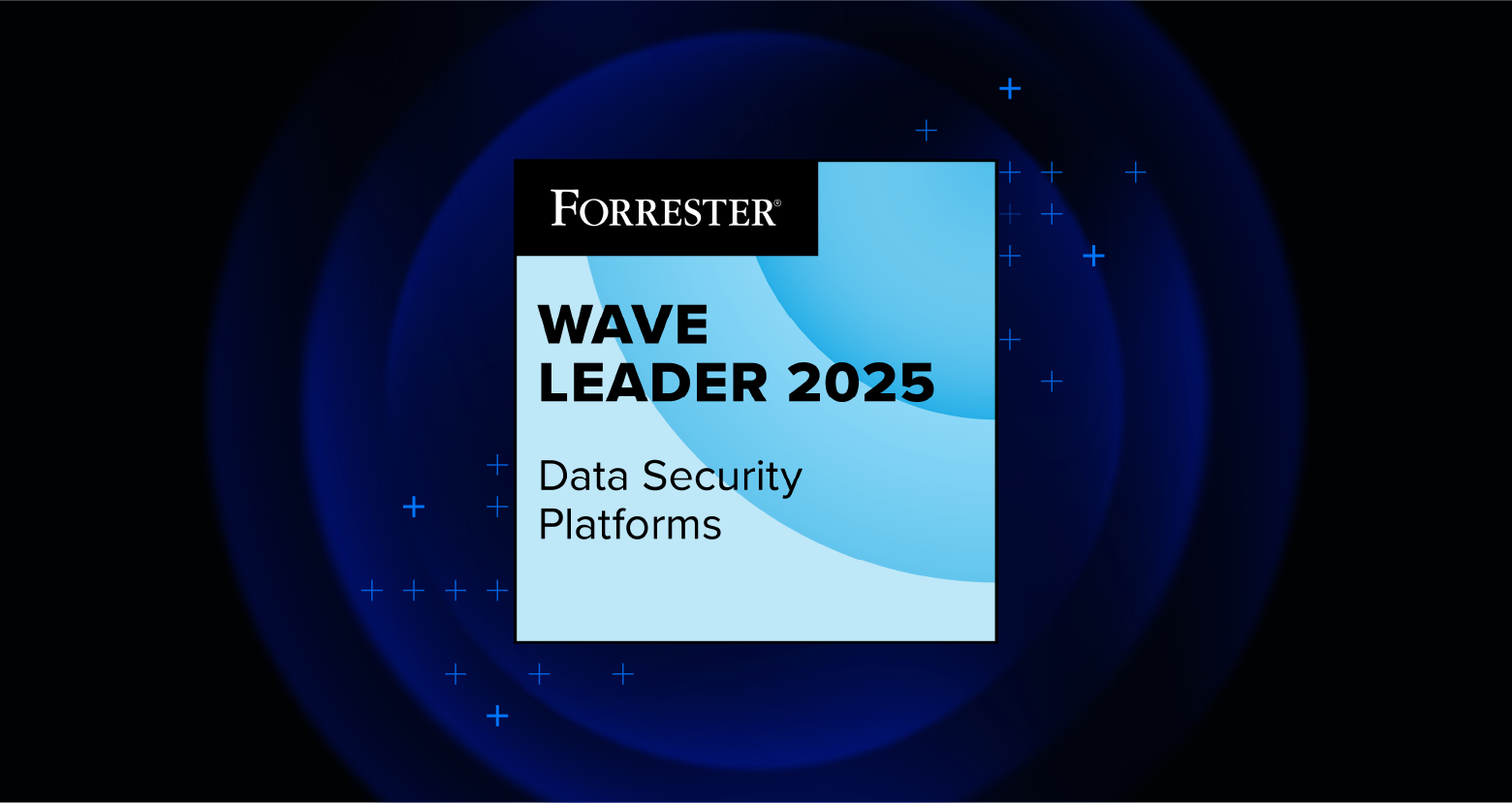
Data Security

Avia Navickas

Avia Navickas
Cloud Security

Yaki Faitelson
Data Security

Varonis Threat Labs
Data Security
-1.png)
Lexi Croisdale
-
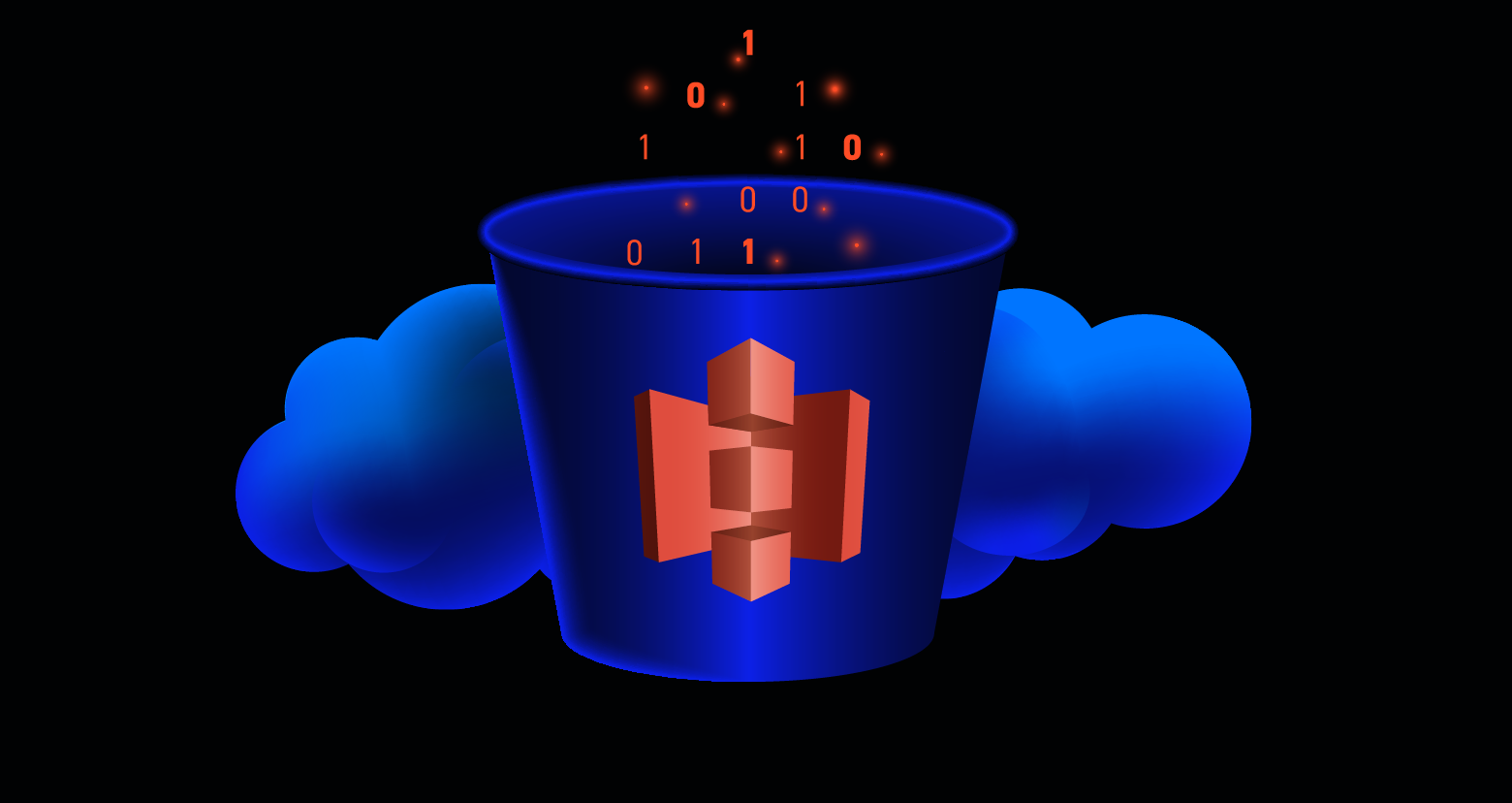 Cloud Security
Cloud SecurityApr 25, 2025
Unlocking the Secrets: Ransomware in AWS S3 with SSE-C Encryption
Uncover the secrets of ransomware attacks on AWS S3 with SSE-C encryption. Learn how to safeguard your cloud data from emerging threats.

Daniel Miller
4 min read
-
 Threat Research
Threat ResearchApr 24, 2025
One Small Click for an Admin, One Giant Breach for the Organization
Cyber attackers are targeting IT admins using clever SEO tricks to disguise malicious payloads to push these threats to the top of search results.

Varonis Threat Labs
5 min read
-
 Varonis Products
Varonis ProductsApr 24, 2025
What’s New in Varonis: April 2025
Discover Varonis' latest features, including Azure CIEM enhancements, expanded classification tagging support, and improved reporting.

Nathan Coppinger
2 min read
-
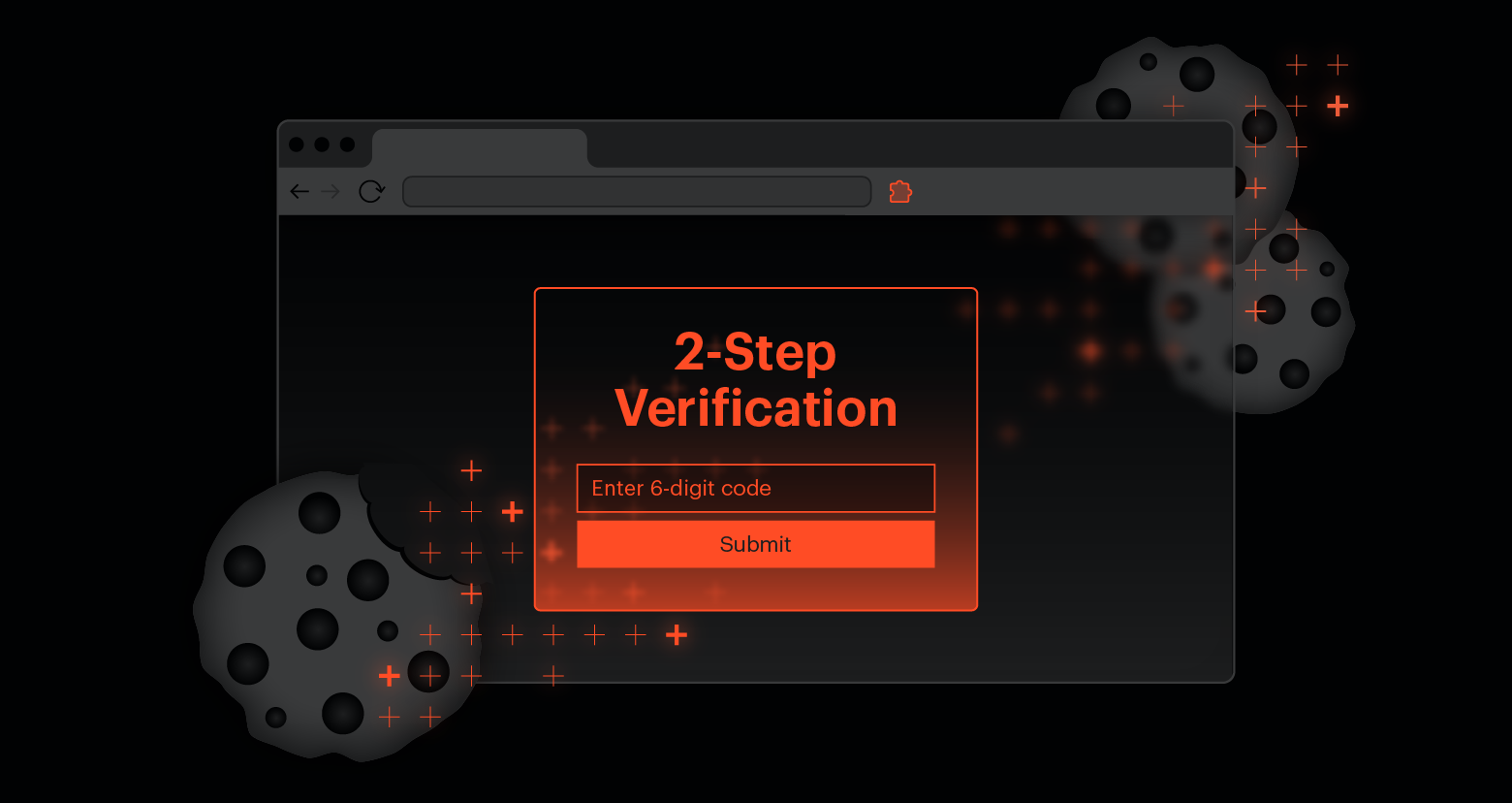 Threat Research
Threat ResearchApr 22, 2025
Cookie-Bite: How Your Digital Crumbs Let Threat Actors Bypass MFA and Maintain Access to Cloud Environments
Silent and undetectable initial access is the cornerstone of a cyberattack. MFA is there to stop unauthorized access, but attackers are constantly evolving.

Oren Bahar
12 min read
-
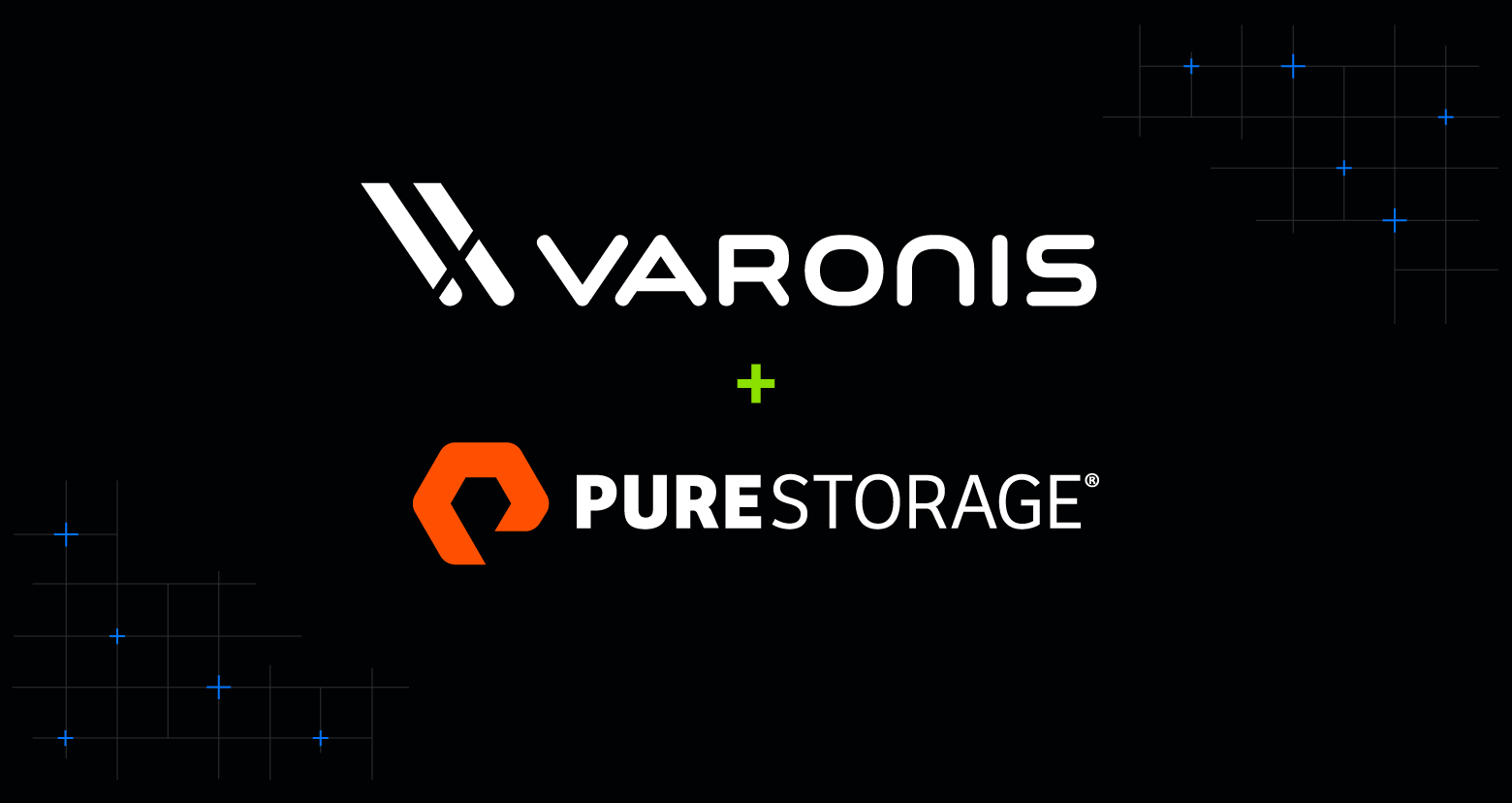 Data Security Varonis Products
Data Security Varonis ProductsApr 21, 2025
Varonis Partners with Pure Storage to Protect Critical Data
Together, Varonis and Pure Storage enable customers to proactively secure sensitive data, detect threats, and comply with evolving data and AI privacy rules.

Nolan Necoechea
2 min read
-
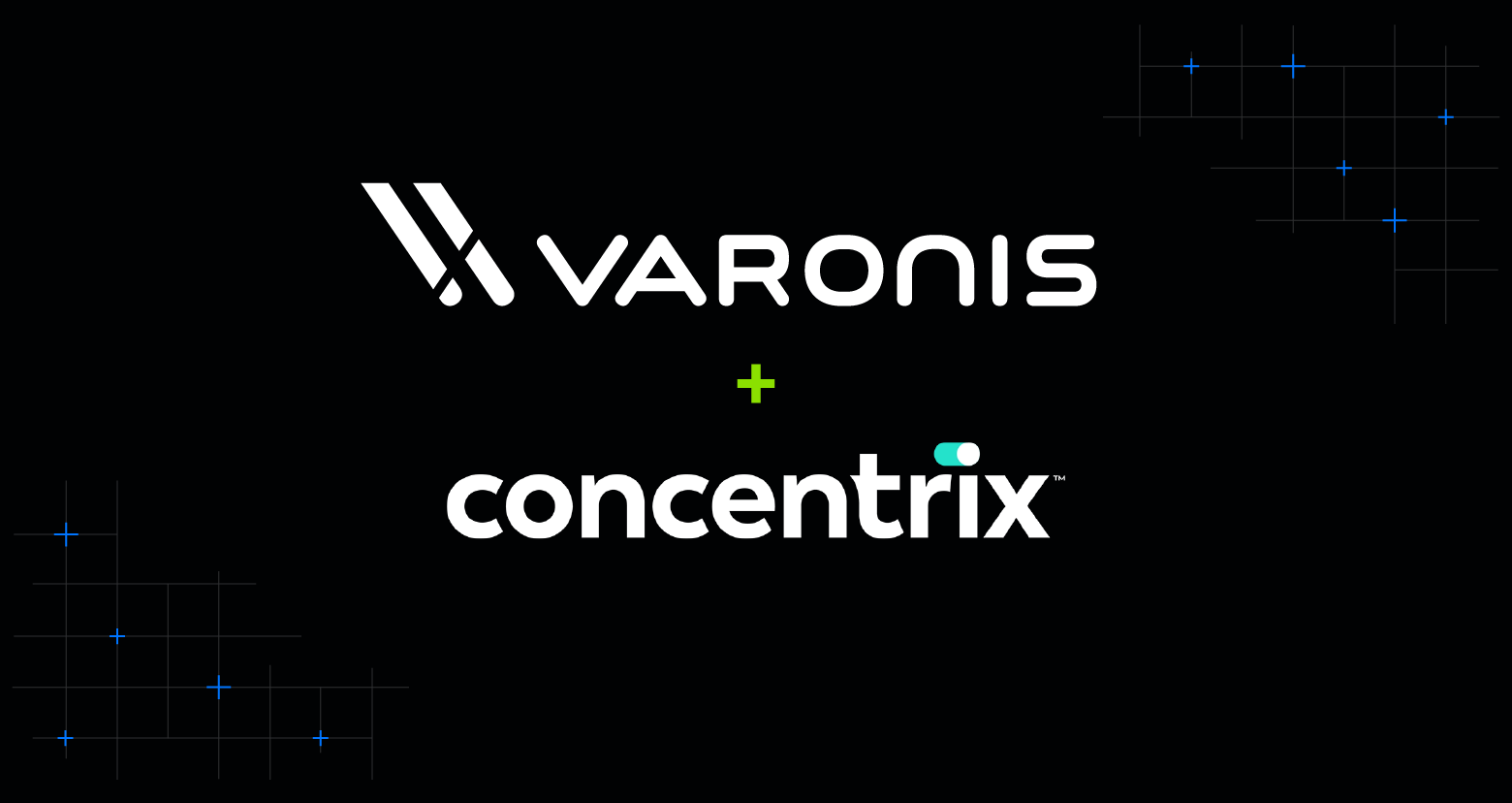 Data Security
Data SecurityApr 16, 2025
Varonis and Concentrix: Delivering Data Security for the AI Revolution
Varonis and Concentrix aim to help large enterprises implement and harness AI safely and effectively while protecting what matters most — data.
-1.png)
Lexi Croisdale
1 min read
-
 Azure Threat Research
Azure Threat ResearchApr 15, 2025
Burning Data with Malicious Firewall Rules in Azure SQL Server
Exploiting a security gap in firewall rule-naming can suddenly delete entire servers and targeted assets when combined with admin actions.

Coby Abrams
4 min read
-
 Cloud Security Threat Research
Cloud Security Threat ResearchApr 15, 2025
Avoid Getting Burned: Identifying and Correcting Common Misconfigurations in Azure Networking and Firewalls
Misconstruing the nuances of Azure Networking and Firewalls can result in security gaps and data exposure.

Coby Abrams
4 min read
-
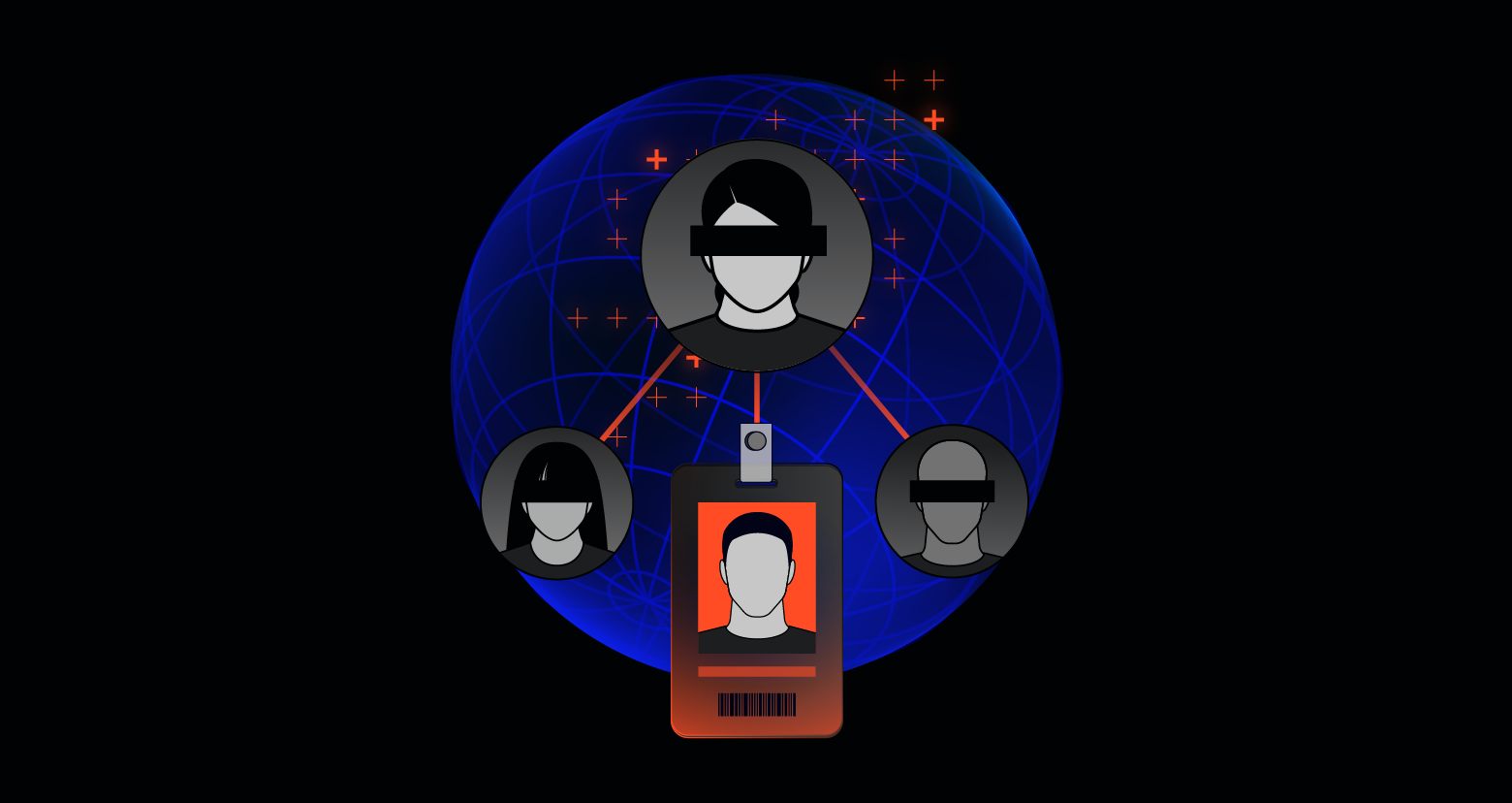 Cloud Security Ransomware Threat Research
Cloud Security Ransomware Threat ResearchApr 10, 2025
RansomHub – What You Need to Know About the Rapidly Emerging Threat
RansomHub, the notorious ransomware group, has affected over 200 victims in industries such as IT, healthcare, finance, and more.

Joseph Avanzato
4 min read
-
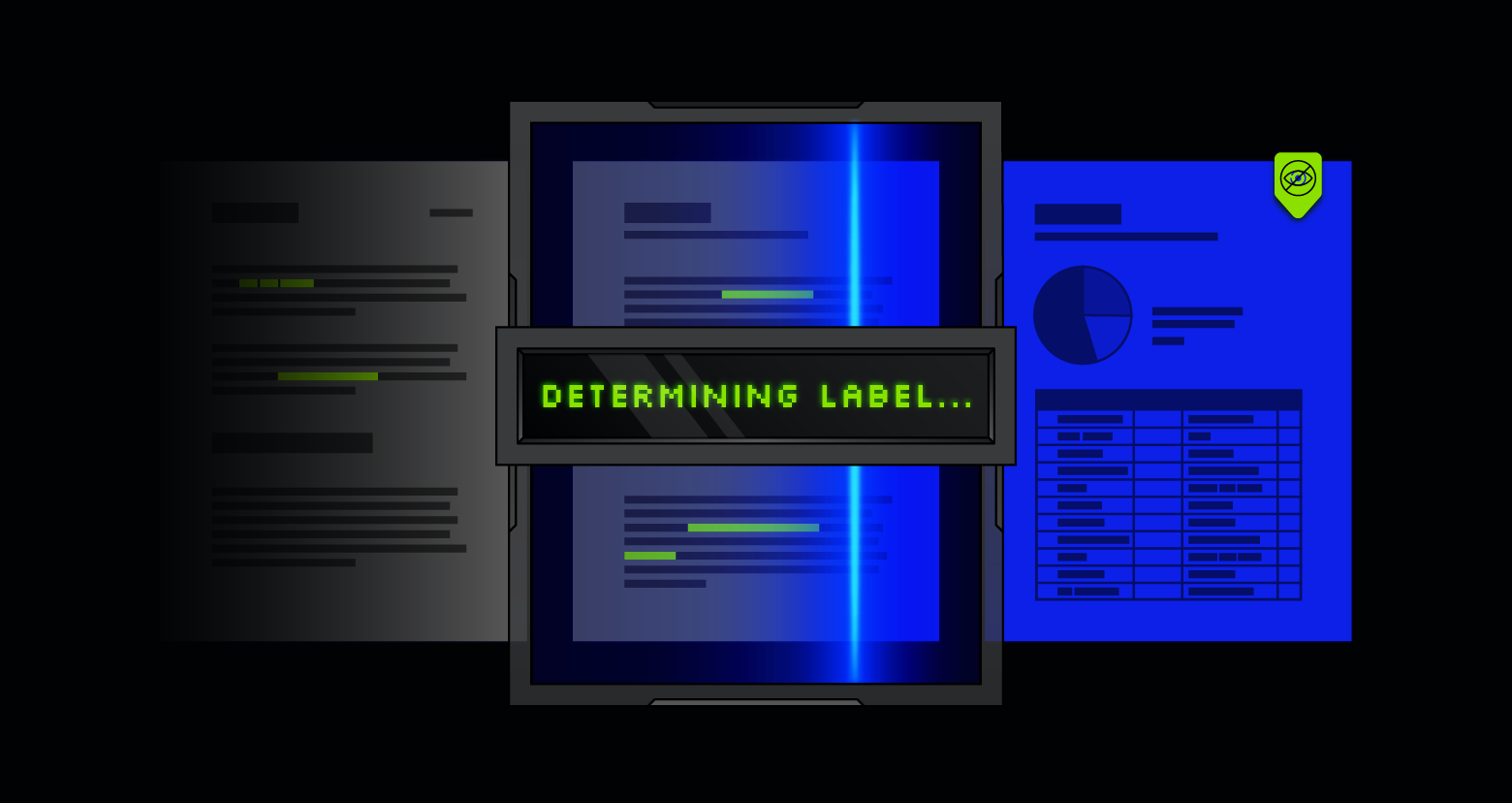 Cloud Security Data Security
Cloud Security Data SecurityApr 08, 2025
Data Discovery and Classification: The Importance of How Data is Scanned
Data discovery and classification are the foundations for DSPM and data security, but how your data is scanned is more important than you may think.

Nolan Necoechea
3 min read
-
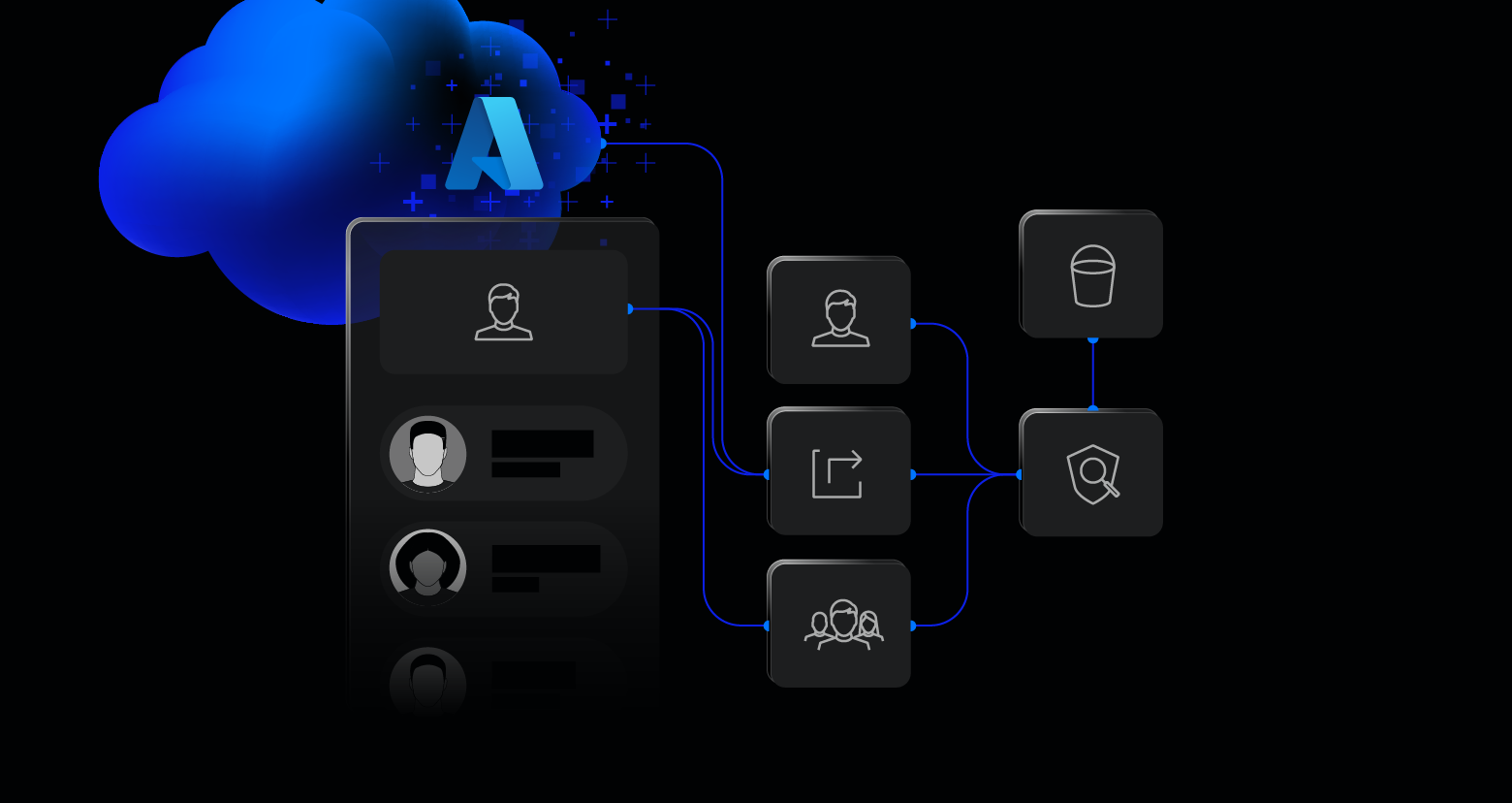 Azure Cloud Security Data Security
Azure Cloud Security Data SecurityApr 04, 2025
Introducing the Azure Access Graph to Find and Fix Cloud Security Issues
Full spectrum visibility into Azure data access, entitlements, and identities beyond CIEM and data discovery tools

Shawn Hays
2 min read
-
 Data Security Speed Data
Data Security Speed DataApr 02, 2025
From Table Stakes to a Team Sport: Rethinking Cybersecurity
Hal Wing, Centuri's Cybersecurity Manager, debunks cybersecurity's nickname and shares the importance of embracing emerging technologies.

Megan Garza
2 min read
SECURITY STACK NEWSLETTER
Ready to see the #1 Data Security Platform in action?
Ready to see the #1 Data Security Platform in action?
“I was amazed by how quickly Varonis was able to classify data and uncover potential data exposures during the free assessment. It was truly eye-opening.”
Michael Smith, CISO, HKS
"What I like about Varonis is that they come from a data-centric place. Other products protect the infrastructure, but they do nothing to protect your most precious commodity — your data."
Deborah Haworth, Director of Information Security, Penguin Random House
“Varonis’ support is unprecedented, and their team continues to evolve and improve their products to align with the rapid pace of industry evolution.”
Al Faella, CTO, Prospect Capital